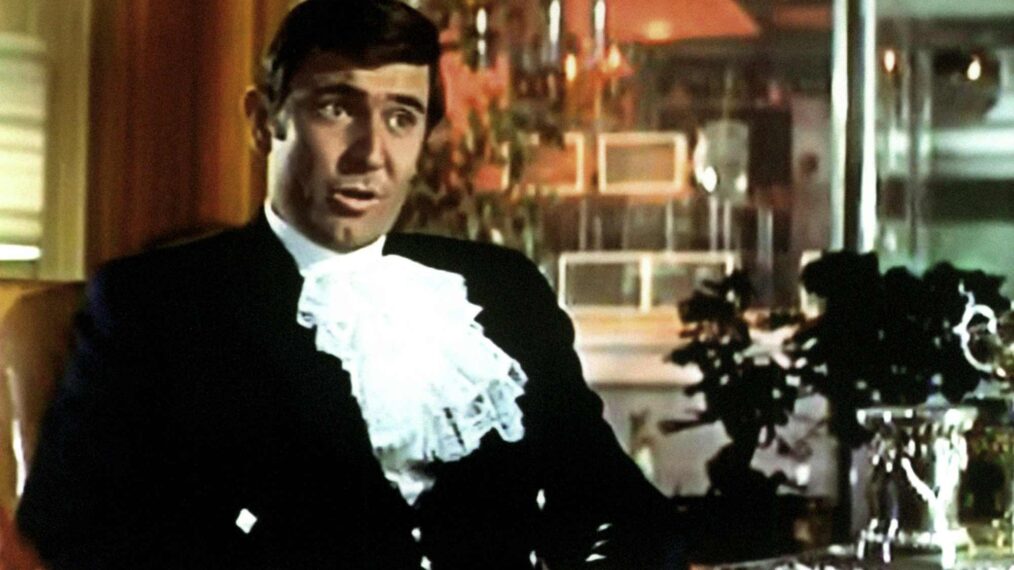“Bond. James Bond:” All 007s & is There a New One on the Way?
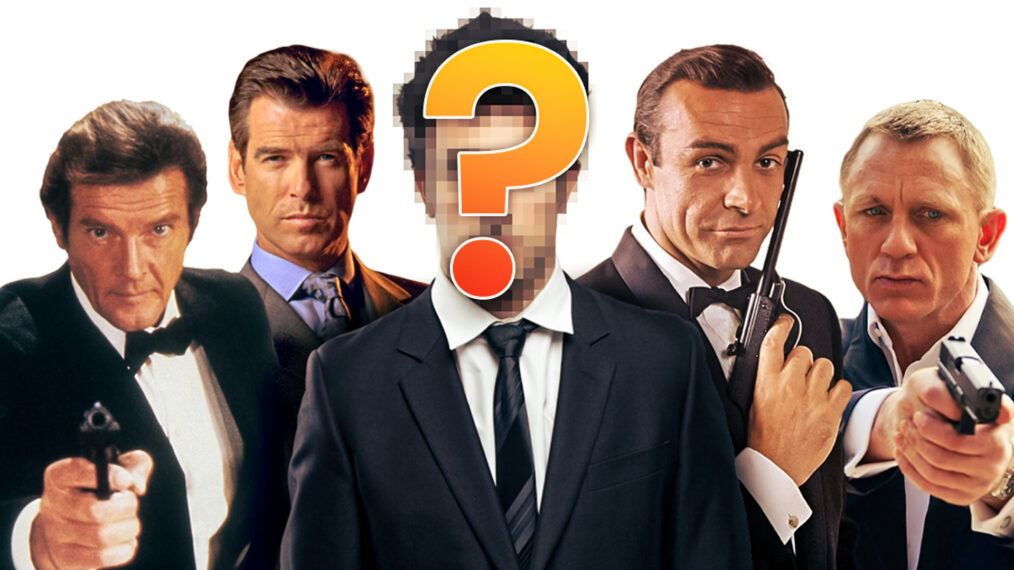
Our first onscreen glimpse of James Bond was at the baccarat table in Dr. No (1962). Wearing a tuxedo and lighting up one of his custom Morland cigarettes, he announced his name — “Bond. James Bond” — as violins in the background added a dangerously elegant theme. Throwing down nines against all odds, we were hooked. Since that moment, James Bond has enjoyed a stunningly long career as the world’s top spy. The 25 Bond films made by Eon Productions represent one of the longest continually running film series, and including the two non-Eon Bond films, have collected more than $7 billion in revenue, making it the fifth-highest grossing movie franchise to date. Since Dr. No hit movie screens in 1962, it is estimated that up to a half of the world’s population have seen a Bond film.
Connery beats out Grant (on a technicality)
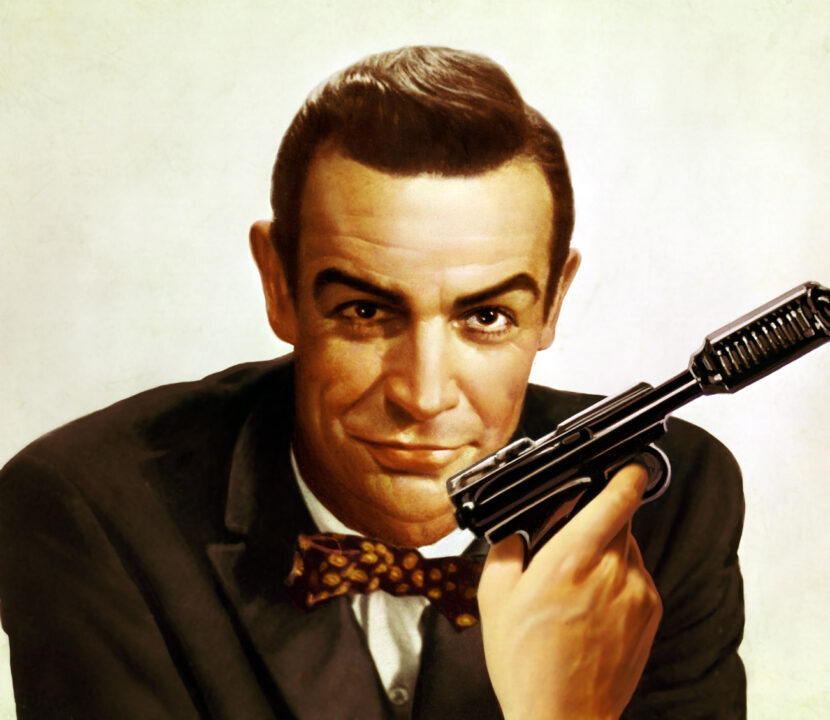
Everett Collection
Seven actors have suited up to play the British spy. The first, Sean Connery, was a relative unknown, but his lanky, uncouth charm won out after deal with Cary Grant couldn’t be reached. Dr. No was electric and led to a string of follow-up movies including From Russia With Love, Goldfinger, Thunderball and You Only Live Twice. It also sparked a flood of TV shows and movies about spies. We were hooked.
David Niven played Bond in the spoof Casino Royale (1967), and Australian actor George Lazenby replaced Connery in Eon’s On Her Majesty’s Secret Service (1969). Connery returned once for Diamonds Are Forever (1971); next came Roger Moore, who had earlier starred in the TV series The Saint, stepping into Bond’s tailored suits starting with Live and Let Die (1973). Moore played Bond much more as the English gentleman, and the films were lighter, with much more humor. Having aged out of the part (he was 57 in his seventh movie, A View to a Kill, 1985), Moore was replaced by Timothy Dalton for The Living Daylights (1987) and Licence to Kill (1989). Dalton’s Bond was all business, with no joking and little womanizing; the next Bond, Pierce Brosnan, had already made a name for himself as a debonaire detective on TV’s Remington Steele. He fit into Bond’s tuxedo like he always belonged in it. Brosnan’s cool elegance and speedy demeanor kept him in the driver’s seat for four Bond films, but by Die Another Day (2002), producers felt it was time for yet another change.
21st Century James Bond and who is next?
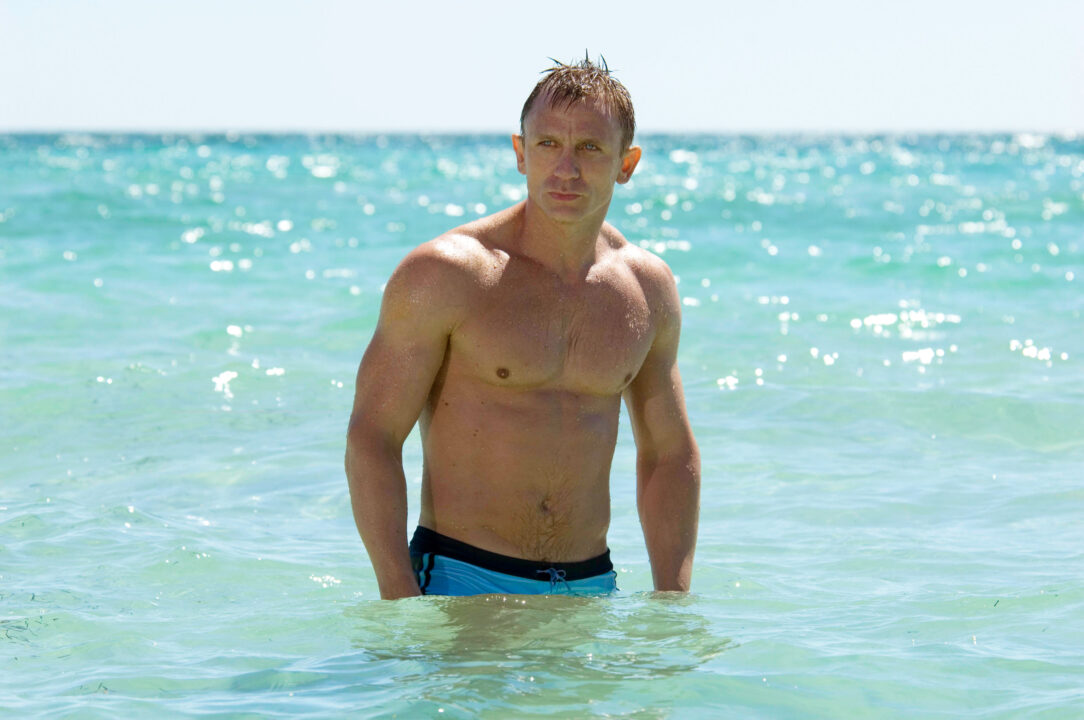
Jay Maidment/Sony Pictures/courtesy Everett Collection
The next Bond they selected, the blond and muscular Daniel Craig, seemed wholly against type. It felt like sacrilege to some fans at the time, but Casino Royale (2006) proved Craig a noble (even hot) progression. It was a five-film run for Craig, ending with No Time to Die (2021). His Bond came with a brutal emotionality that was matched by a more cinematic tone in the films. He falls in love almost forever — not once, but twice. Somehow, Bond has survived a lot of things since 1962, from women’s lib to disco, the internet, high-tech effects and beyond. And if we can believe the announcement at the bottom of the ending credits of Die Another Day, that list includes surviving his own death.
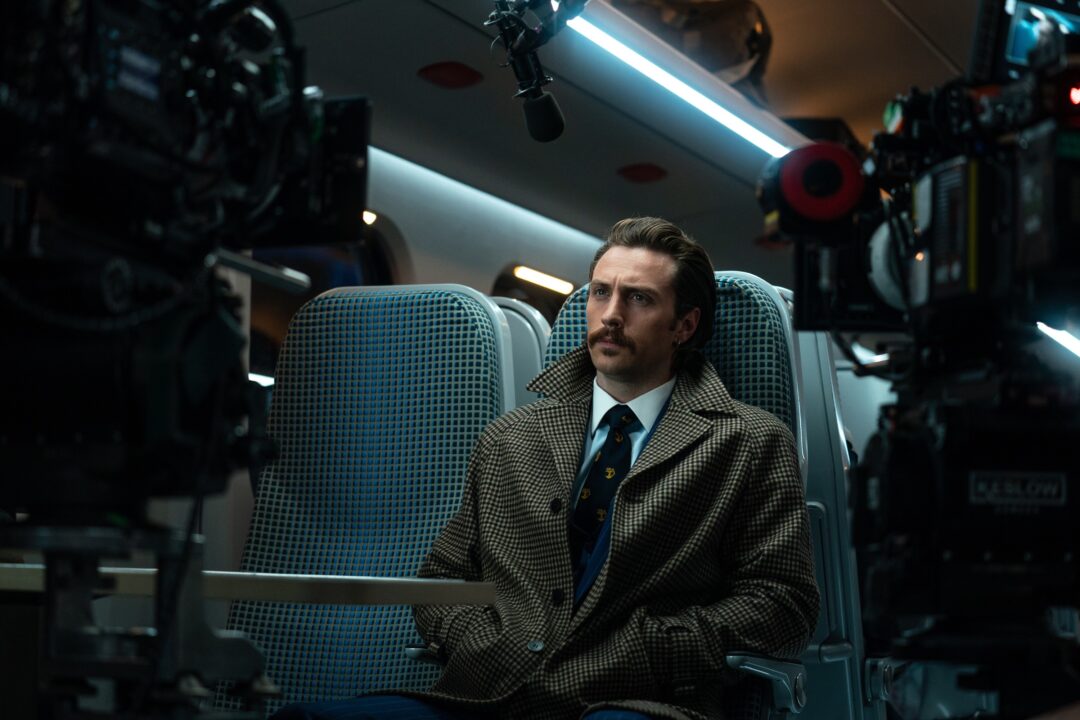
Everett Collection
At least we have hope that Bond will be back as rumors are swirling that the next 007 is going to be Aaron Taylor-Johnson and is even endorsed by former Bond star Pierce Brosnan.
We can’t wait to find out how or who!

